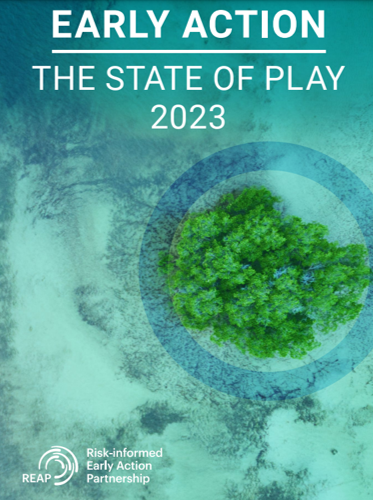Cyclone Mocha Case Study
Cyclone Mocha, a Category 5 storm, made landfall in Myanmar on May 14, 2023, causing significant damage in coastal areas of Bangladesh and Myanmar. Despite the challenges, Bangladesh’s disaster management efforts, led by the Cyclone Preparedness Programme, successfully evacuated over 700,000 people, with no reported loss of life. This case study highlights the effectiveness of […]
Cyclone Mocha Case Study Read More »





